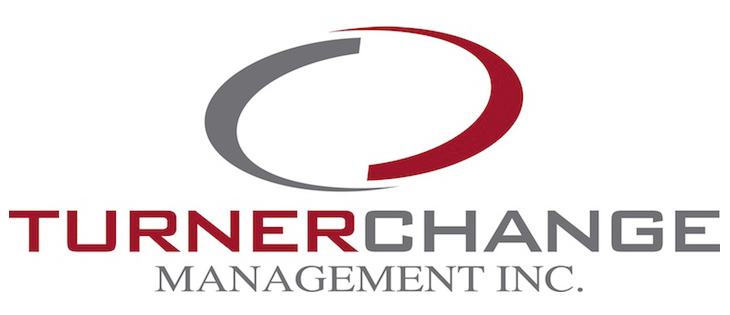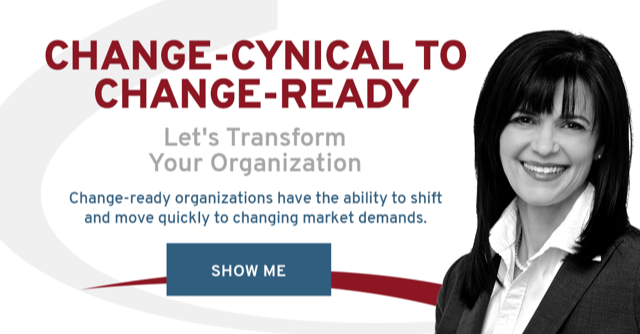What do you think about when you hear the word communication? For most people, it’s about the giving and receiving of information. But authentic communication is so much more than that. It is an intricate exchange that involves what we see, hear, feel, interpret, and how we know the information.
Knowing what to communicate and how to do it is one of the more challenging aspects of leading and enabling change.
One reason leaders give for why communication is problematic is the fear of raising anxiety in the people affected. During the early phases of the change initiative, the fear of raising anxiety is often at its highest. That’s because, in this early period, we feel the most uncertain, and this can be especially felt when the change is complex or challenging.
You want to start on a positive note; that’s understandable. I’ve talked before about how to avoid the trap of toxic positivity. The risk of toxic positivity can create a communication barrier. When you don’t communicate because you fear people won’t view the change as positive, you miss a crucial time to engage people in the necessary conversations.
When I’m coaching or consulting, and I ask why the leaders don’t communicate, there are three typical responses:
- The plans aren’t finalized; there’s nothing to share
- Trying to minimize stress and anxiety.
- Confidentiality
Regardless of the reason, it can lead to you making one of the two most common communication mistakes during change. That is giving too little information. Three things can happen when you make this mistake:
- Decreased productivity
- Increased rumours and insinuation about what’s happening
- High need to defend the status quo
Let’s take a closer look at each of these results
Decreased Productivity
Your organization has a natural rhythm. Change, even before it’s officially launched, disrupts this rhythm. You may think you’re not signalling change, but we often do in subtle ways. For example, you may have your office door closed more often; you may avoid specific topics of conversation or appear distant.
Your employees are smart and can feel these subtle shifts and disruptions in the typical pattern, triggering a stress response. They think “something’s up,” but with no information from you to know what’s up, their anxiety goes up. To decrease their stress and regain a sense of stability, they begin information seeking. Time and energy are diverted away from their day-to-day tasks and to getting information to understand what they see and feel. The response is normal human behaviour. We all do it.
Increased Rumour and Insinuation
 In our effort to decrease the uncertainty, we will often seek to fill an information void with any available information, regardless of its accuracy or source. Therefore, increasing the risk of an unhealthy grapevine. Your communication and change efforts become fueled by rumour and innuendo instead of accurate and reliable information. Research suggests we will believe the most outrageous rumour from an unofficial source, but the same information from management must be given six times in six different ways[1].
In our effort to decrease the uncertainty, we will often seek to fill an information void with any available information, regardless of its accuracy or source. Therefore, increasing the risk of an unhealthy grapevine. Your communication and change efforts become fueled by rumour and innuendo instead of accurate and reliable information. Research suggests we will believe the most outrageous rumour from an unofficial source, but the same information from management must be given six times in six different ways[1].
Increased Need to Defend the Status Quo
The lack of official information, coupled with the inaccuracy of the rumour and insinuation, raises the risk of a threat response toward the change. Once a person has initiated a threat response, we will more likely defend the current state.
Although you may see this as resistance to change, it’s not. However, the result is similar– the change you were excited about, you know is needed, you believe your employees wanted, is met with an unexpected uproar.
What you can do
Avoiding mistake #1 is not about simply giving more information. Just inundating your team or employees with more information will create other problems. Communicating during change is an active process.
The next time you are preparing to launch a change, remember these three questions:
- What are my non-verbal behaviours communicating?
- What is the best way to actively engage people early in the conversations of change?
- What level and type of communication will help people navigate the Whitespace at this point in the change process?
Then look to connect and actively communicate through conversation with your team or employees. Using active communication, like conversations, early and often is key to helping people navigate the change process and creating healthy, sustainable organizational change.
Would you like help developing new skills to communicate during change without raising anxiety? Contact us, and let’s have a conversation.
References
[1] Burnes, B. (2004). Managing Change: Prentice Hall.



